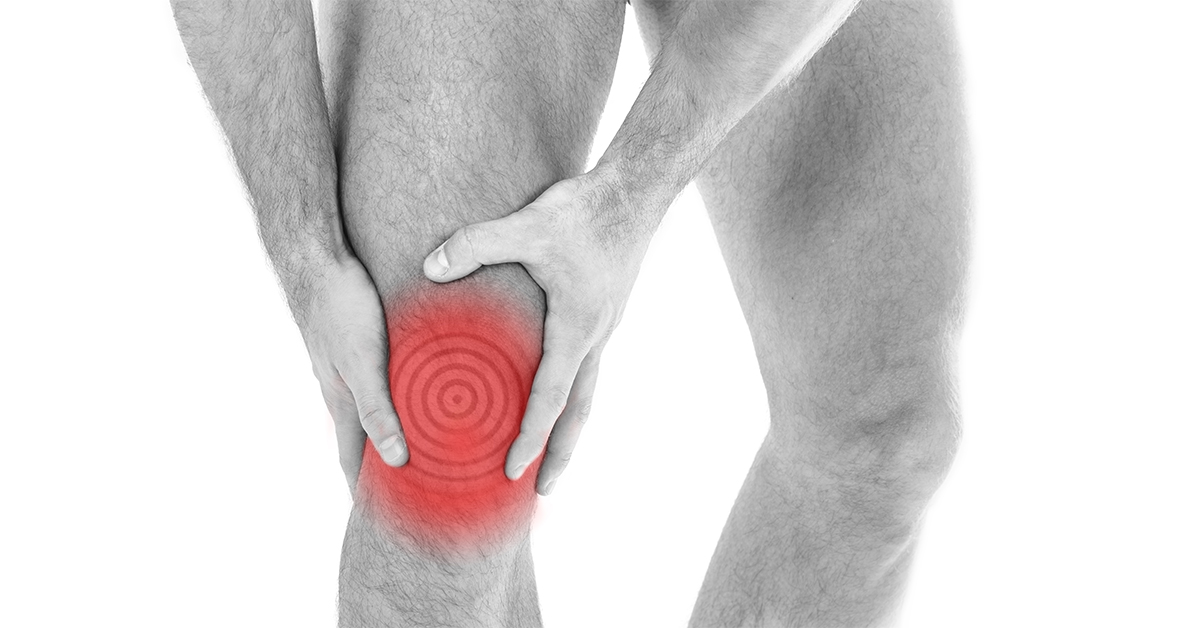
Knee fractures can be devastating injuries that significantly impact mobility and quality of life. Open Reduction and Internal Fixation (ORIF) is a surgical procedure often used to treat severe knee fractures, providing stability and promoting proper healing. This blog will explore what ORIF entails, when it’s necessary, the surgical procedure, recovery, and the potential benefits and risks.
What is ORIF?
Open Reduction and Internal Fixation (ORIF) is a surgical method used to treat complex fractures. The term “open reduction” refers to the process of surgically exposing the fracture site to realign the broken bones. “Internal fixation” involves securing the bones with hardware such as screws, plates, rods, or pins to maintain proper alignment during healing.
When is ORIF Necessary?
ORIF is typically recommended for knee fractures that cannot be adequately treated with non-surgical methods such as casting or bracing. These fractures often involve multiple bone fragments or misalignment that requires precise surgical intervention. Common situations where ORIF is necessary include:
Complex Fractures
Fractures involving multiple bone fragments or significant displacement require surgical realignment and stabilization to ensure proper healing and restore function.
Unstable Fractures
Fractures that are unstable or cannot be held in place with a cast or splint benefit from the stability provided by internal fixation hardware.
Intra-Articular Fractures
Fractures that extend into the knee joint can lead to joint instability and arthritis if not properly aligned and stabilized. ORIF is often necessary to ensure the joint heals correctly.
Failed Non-Surgical Treatment
In some cases, initial non-surgical treatment may fail to provide adequate stability, requiring ORIF to correct the alignment and promote healing.
The ORIF Surgical Procedure
Preoperative Preparation
Before surgery, a thorough evaluation, including imaging studies like X-rays or CT scans, is conducted to assess the fracture and plan the procedure. Patients may need to stop certain medications and prepare for postoperative care.
The Procedure
ORIF is performed under general or regional anesthesia. The surgeon makes an incision to access the fracture site, then carefully realigns the broken bones (open reduction). Internal fixation devices such as screws, plates, or rods are used to hold the bones in place (internal fixation). The incision is then closed, and a bandage is applied.
Postoperative Care
After surgery, patients are monitored in the recovery room before being transferred to a hospital room. Pain management, wound care, and prevention of complications such as infection and blood clots are priorities. Physical therapy typically begins shortly after surgery to promote mobility and strength.
Recovery Process
Initial Recovery
In the first few weeks following surgery, patients focus on managing pain and swelling. Elevating the leg, using ice packs, and taking prescribed medications are essential. Patients will likely use crutches or a walker to avoid putting weight on the affected knee.
Physical Therapy
Physical therapy is a critical component of recovery. Initially, therapy focuses on gentle movements to improve range of motion and reduce stiffness. As healing progresses, exercises become more intensive, aiming to restore strength, flexibility, and balance.
Long-Term Recovery
Full recovery from ORIF can take several months. Patients gradually increase their activity levels, following their surgeon’s advice regarding weight-bearing and exercise. Regular follow-up appointments are necessary to monitor healing and address any complications.
Benefits of ORIF
Restored Alignment
One of the primary benefits of ORIF is the precise realignment of the fractured bones, which is crucial for proper healing and function.
Improved Stability
Internal fixation devices provide stability, allowing for earlier movement and rehabilitation compared to non-surgical treatments.
Reduced Risk of Complications
By ensuring proper alignment and stability, ORIF can reduce the risk of complications such as malunion (improper healing) and post-traumatic arthritis.
Risks and Complications
Infection
As with any surgery, there is a risk of infection. Proper wound care and following postoperative instructions can minimize this risk.
Hardware Issues
In some cases, the internal fixation hardware may cause discomfort or irritation, potentially requiring a second surgery for removal.
Delayed Healing
Factors such as poor nutrition, smoking, and underlying health conditions can affect the healing process, potentially leading to delayed or incomplete healing.
Open Reduction and Internal Fixation (ORIF) is a crucial surgical procedure for treating complex knee fractures. By providing precise alignment and stable fixation, ORIF promotes proper healing and restores function. While the recovery process can be lengthy and requires commitment to physical therapy, the benefits of ORIF in restoring mobility and reducing pain are significant. If you or a loved one has sustained a severe knee fracture, consult with an orthopedic surgeon to discuss whether ORIF is the right treatment option.
